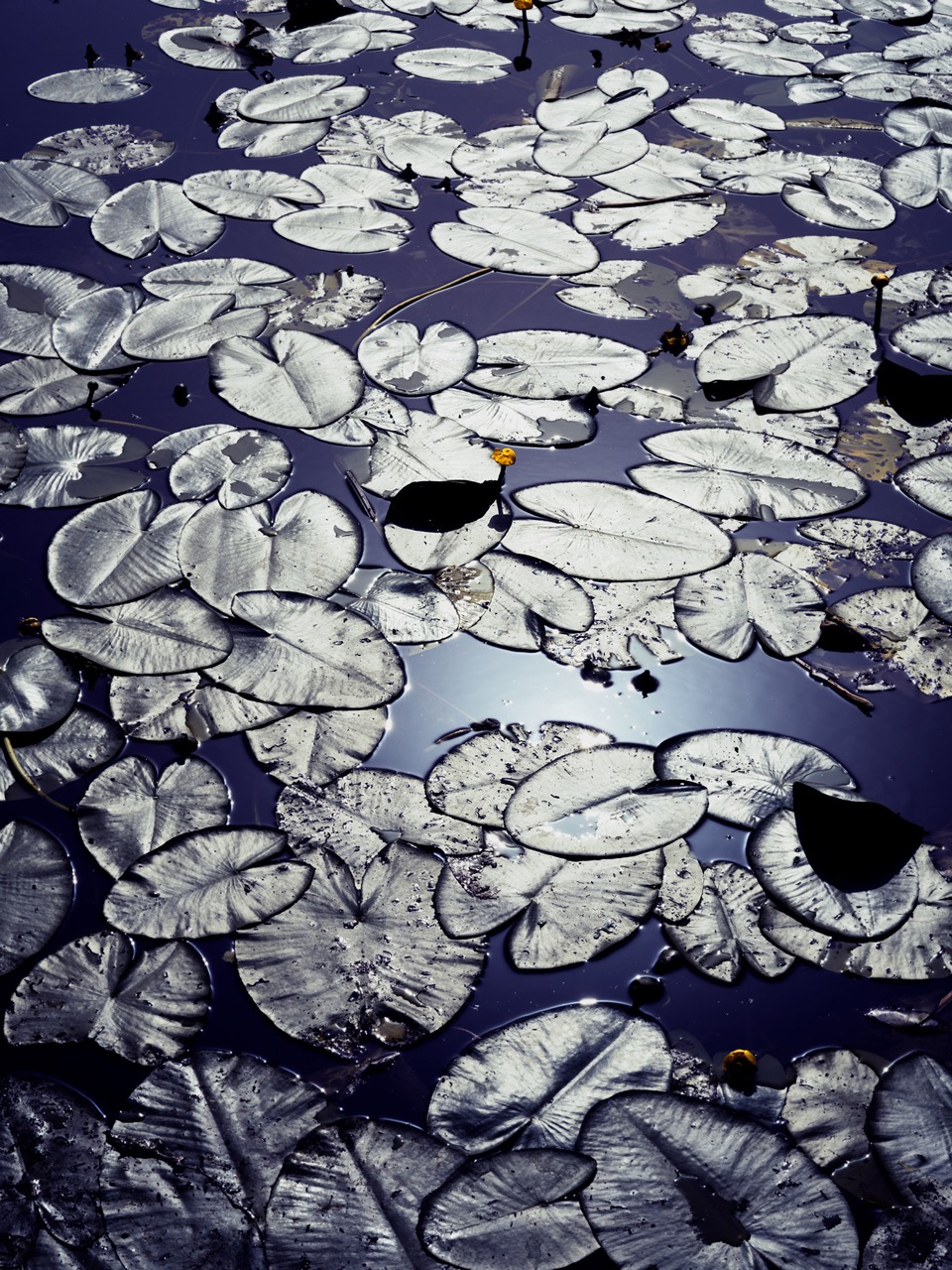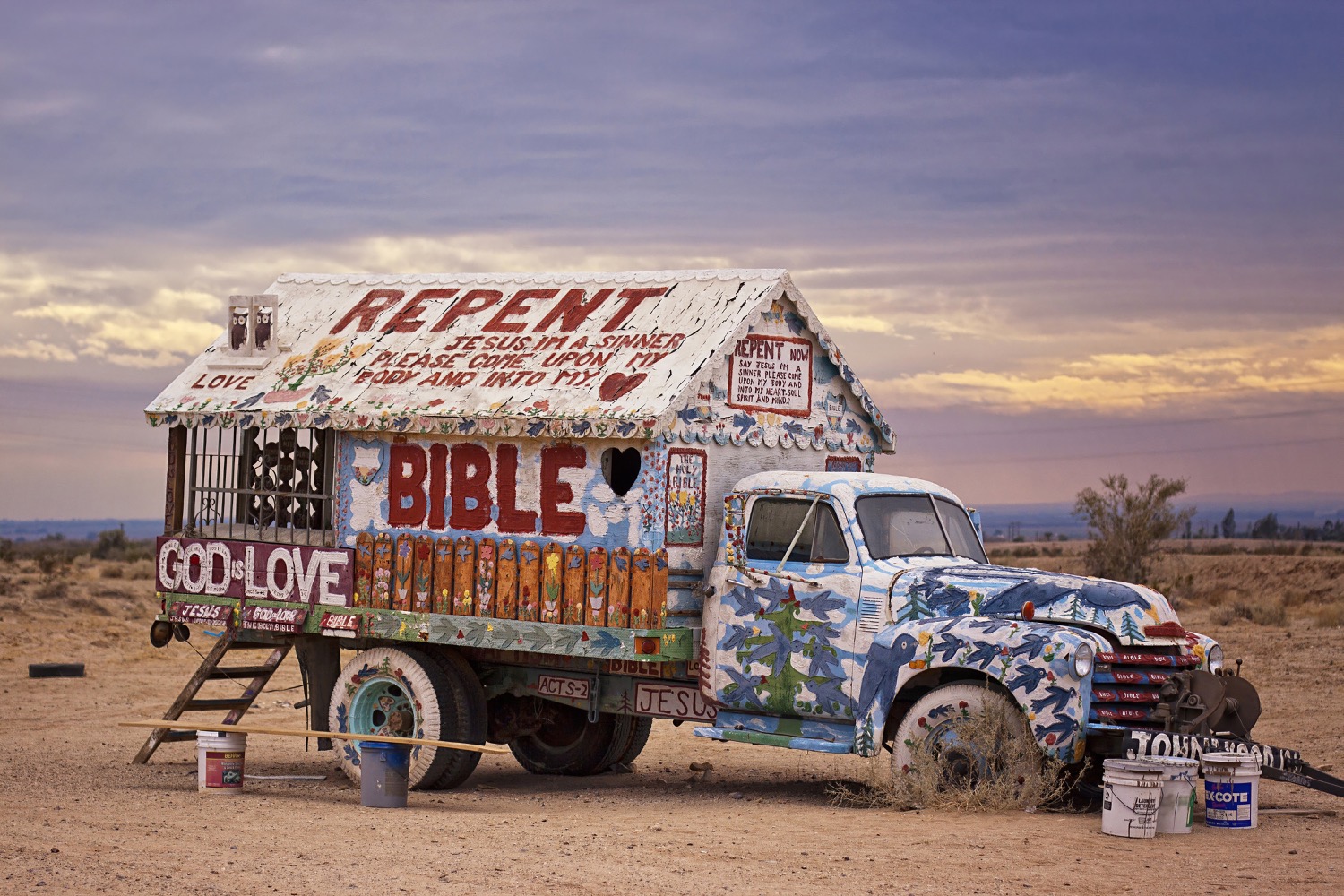
Impressionist view on the city
Wlad Gustinovich
Vladislav Gustinovich, born in Belarus and now based in Poland, provides an impressionist perspective on urban structures.
Artdoc

Blurred and seemingly moving buildings in large cities like Vienna, Paris, and Riga serve as visual translations of the energetic rhythm of urban life. Vladislav Gustinovich, born in Belarus and now based in Poland, provides an impressionist perspective on urban structures. Observing his work can bewilder the mind. On one hand, the photos appear to portray urban life as more hectic than it actually may be. At other times, the buildings and street scenes emanate a calming effect. Both effects result from the intriguing double exposures. The energy radiates from the images, as if they are emanations of biological materials. The images of Multi Architecture do not depict realistic moments but rather lean towards contemporary painting. “I am interested in exploring light, colour, and atmosphere, transforming them into visual forms governed by an overarching concept.”
Payment Failed

In his creation, Wlad Gustinovich strives to convey the atmosphere and energy of the place he explores. “My experiments occur in constant motion, often going beyond the boundaries of the time and space allotted to me. To achieve an artistic image, I use the natural states of the surrounding reality or distort it through every available means, thus bringing my work closer to conceptual visual art.” He focuses on his concept, which he elaborates in his imagination as an idea. Afterwards, he works extensively on photographing and developing a series of photographs.

Pep Ventosa
For his Multi Architecture project, Gustinovich employs the so-called Pep Ventosa effect, named after the Catalan photographer who popularised the multi-exposure technique. By overlaying 40 to 60 photographs, he captures the city in motion, highlighting the beauty of architecture while reflecting the rhythm and dynamics of urban life. “I also experiment with shutter speed, underexposure, and overexposure.”
Currently, he is exploring ways to convey surrealistic images through photography, similar to René Magritte’s works. “I want to create images that arise from our everyday life — through the combination of the incompatible, the emphasized paradox of a moment, and a play with the perception of reality, revealing hidden meanings and the distorted beauty of the mundane.”

Beauty next to us
In cities, we often overlook the beauty of the mundane as we rush from one place to another. Photography serves as a means to open our eyes to the beauty that surrounds us, leading to a deeper meaning of art. Gustinovich finds joy in observing everyday beauty: “The most important thing is learning to recognise the beauty that is always right next to us. I enjoy observing the rhythm of the cities I visit for work or pausing in moments to feel the significance of the instant more profoundly. This ability to discover beauty in the everyday, in the small things that often go unnoticed, is the true art. Ultimately, the most meaningful beauty is always right next to us.”

Significance
By studying contemporary art and drawing inspiration from renowned photographers, Gustinovich enhances his visual experience, bringing his work closer to painting than to classic photography. He explores light, colour, and atmosphere, transforming them into visual forms governed by an overarching concept. “Generally, each of my projects pursues a specific idea or concept. In one case, it may convey the rhythm of the city; in another, solitude or the reassessment of our significance as people living in this world. I believe that the essence of contemporary art lies primarily in the concept and its proper delivery to the audience.”

About
Wlad Gustinovich (1976) was born in Polesie, Belarus. In 1999, he graduated from the Faculty of Applied Mathematics at Belarusian State University. In 2011, he moved to Poland, where he currently resides. In his creative output, he strives to convey the atmosphere and energy of the places he explores. In pursuit of capturing images, he utilises the properties of the natural surroundings while simultaneously distorting them through various means to bring his work closer to conceptual art.
.svg)
.svg)
.svg)



%20Large.jpeg)






